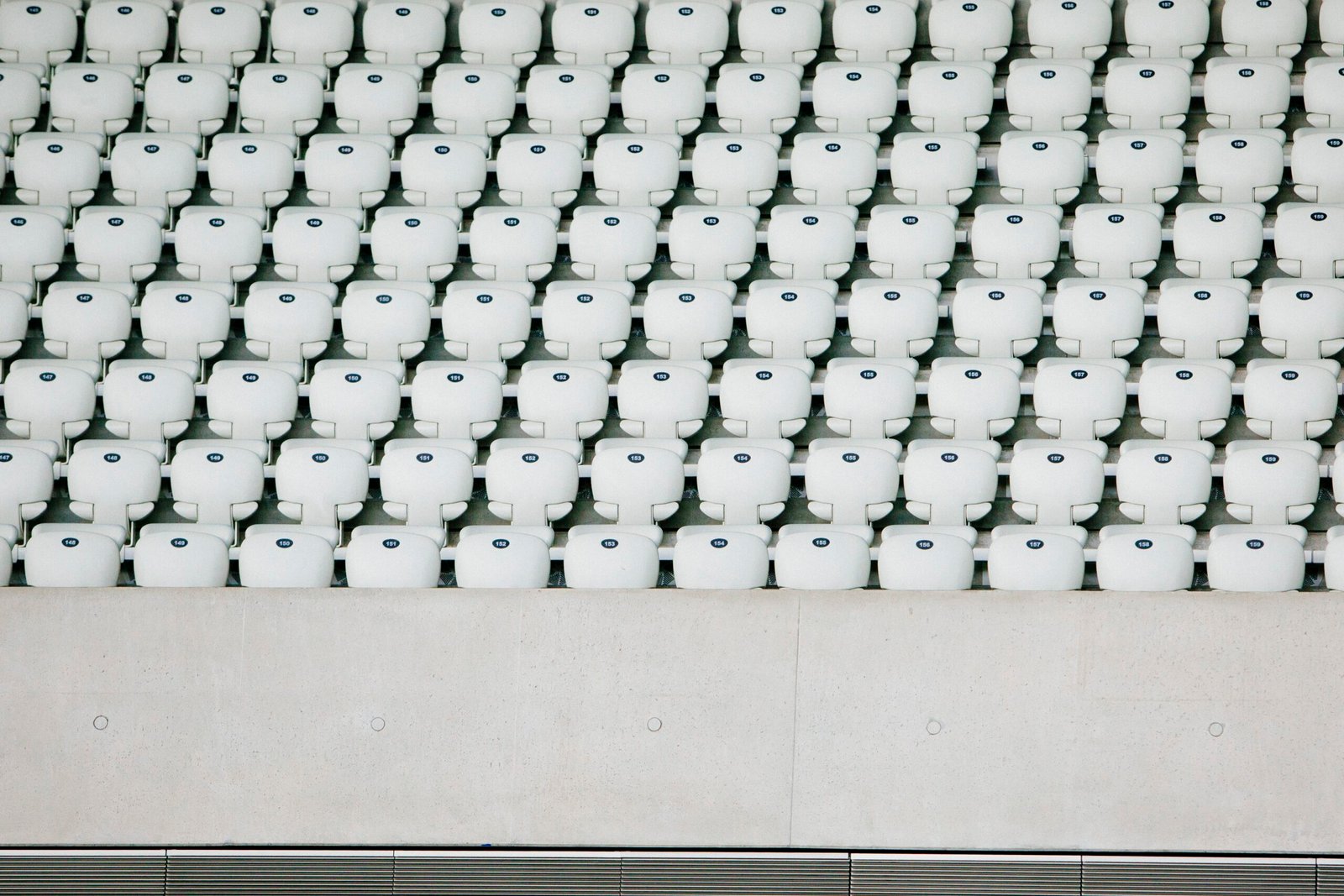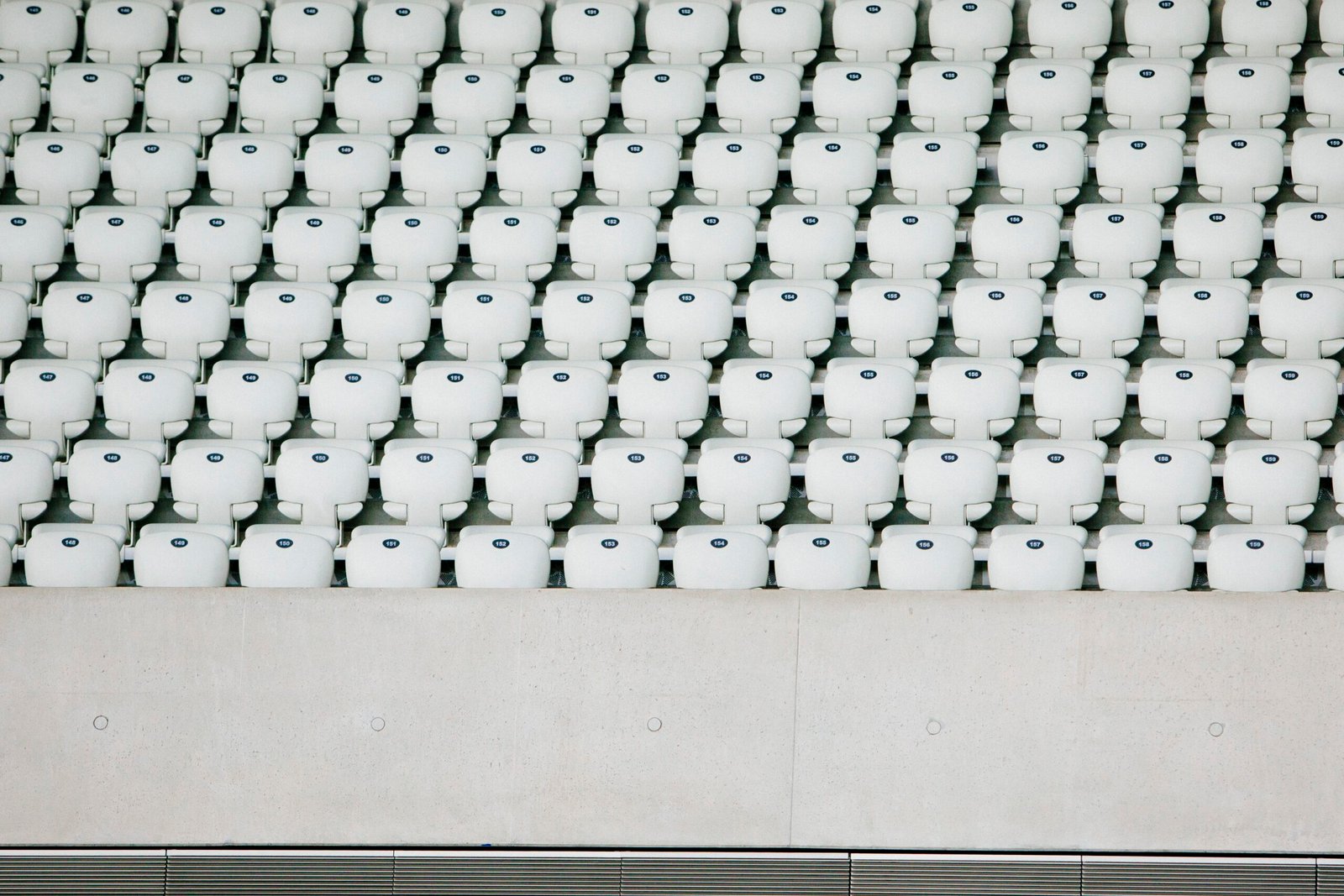In this article, we will explore the possibility of gout occurring in multiple joints simultaneously. Gout is a form of arthritis that causes sudden and severe joint pain, often affecting the big toe. However, can this excruciating condition extend its reach beyond one joint? Let's discover the answer together!

Understanding Gout
What is gout?
Gout is a type of arthritis that occurs when there is a buildup of uric acid in the joints. It is characterized by sudden and severe pain, redness, and swelling, often in the big toe. While gout typically affects one joint at a time, it is also possible for it to occur in multiple joints simultaneously, a condition known as polyarticular gout.
How is gout caused?
Gout is caused by an accumulation of uric acid in the body. Uric acid is a byproduct of the breakdown of purines, which are naturally occurring substances found in certain foods and beverages. When there is an excess of uric acid in the bloodstream, it can form sharp crystals that can accumulate in the joints, triggering an inflammatory response and causing gout symptoms.
Typical symptoms of gout
The most common symptom of gout is an acute attack of pain, tenderness, redness, and swelling in the affected joint. The pain is often described as excruciating and can be accompanied by a feeling of warmth in the joint. Other symptoms may include limited range of motion, fever, and the presence of tophi, which are hard, nodular deposits of uric acid crystals that can form under the skin.
Gout and Joint Involvement
Common joints affected by gout
The joints most commonly affected by gout include the big toe, ankles, knees, wrists, and elbows. However, gout can potentially affect any joint in the body. The big toe is often the first joint to be affected in a gout attack, but as the condition progresses, it can spread to other joints and become polyarticular gout.
How gout influences joint health
Gout can have a significant impact on joint health. The accumulation of uric acid crystals in the joints can lead to inflammation, swelling, and damage to the joint tissues. Over time, this can result in joint stiffness, loss of mobility, and increased vulnerability to further damage or deformity.
How joint damage from gout occurs
Joint damage from gout primarily occurs due to the chronic inflammation and the formation of tophi. The inflamed joint tissues can become damaged and weakened, leading to a loss of cartilage, bone erosion, and joint deformities. Tophi, which are the result of long-term uric acid crystal deposition, can also cause structural changes in the affected joints, further contributing to joint damage.
Occurrence of Gout in Multiple Joints
Can gout affect multiple joints simultaneously?
Yes, gout can affect multiple joints simultaneously. While it is more common for gout to initially present in a single joint, particularly the big toe, it can progress to involve multiple joints over time. This can result in polyarticular gout, where several joints are affected at once.
Factors leading to gout in multiple joints
There are several factors that can increase the likelihood of gout affecting multiple joints. These include having higher levels of uric acid in the bloodstream, a family history of gout, certain health conditions such as kidney disease or metabolic syndrome, and lifestyle factors such as consuming excessive amounts of purine-rich foods or alcohol.
Understanding polyarticular gout
Polyarticular gout refers to the occurrence of gout in multiple joints. It is often associated with more severe and frequent attacks compared to monoarticular gout. Polyarticular gout can significantly impact a person's quality of life, as it can lead to widespread pain, reduced mobility, and difficulties with daily activities.
Impact of Gout on Multiple Joints
Pain assessment
When gout affects multiple joints, the pain can be widespread and debilitating. It is important to assess the severity and location of the pain to determine the extent of joint involvement and to manage it effectively. Pain scales and regular evaluations can help monitor the progression of gout in multiple joints and guide treatment decisions.
Impact on joint mobility
Gout in multiple joints can significantly affect joint mobility. Swelling, inflammation, and damage to the joints can make it difficult to move them freely, resulting in reduced flexibility and limited range of motion. This can have a considerable impact on daily activities and overall mobility.
Effects on daily living and quality of life
Living with gout in multiple joints can have profound effects on daily living and quality of life. The pain, discomfort, and mobility limitations can make it challenging to carry out routine tasks, participate in physical activities, and maintain social connections. Moreover, the chronic nature of gout can also lead to emotional distress and a negative impact on mental well-being.

Diagnosis of Gout in Multiple Joints
Medical history review
To diagnose gout in multiple joints, a healthcare provider will review your medical history, including any previous episodes of joint pain, family history of gout, and presence of risk factors. They will also inquire about your diet, alcohol consumption, and any underlying medical conditions that may contribute to the development of gout.
Physical examination
A physical examination is an essential component of diagnosing gout in multiple joints. The healthcare provider will examine the affected joints for signs of inflammation, tenderness, redness, and swelling. They may also check for the presence of tophi or joint deformities, as these can provide valuable clues for diagnosing gout.
Laboratory tests
Laboratory tests are crucial in confirming a diagnosis of gout in multiple joints. Blood tests can measure the levels of uric acid in the bloodstream, as well as assess other markers of inflammation. A joint fluid analysis, where a sample of fluid is extracted from an affected joint, can help identify the presence of uric acid crystals, providing definitive evidence of gout.
Imaging studies
In some cases, imaging studies such as X-rays, ultrasound, or MRI scans may be ordered to evaluate the extent of joint damage caused by gout. These imaging modalities can help visualize any joint erosions, tophi, or structural changes that may have occurred as a result of gout.
Treatment for Gout in Multiple Joints
Medications for gout treatment
Medications play a crucial role in the treatment of gout in multiple joints. Nonsteroidal anti-inflammatory drugs (NSAIDs), colchicine, and corticosteroids are commonly used to manage acute gout attacks, reduce inflammation, and alleviate pain. Long-term management of gout typically involves medications that lower uric acid levels, such as xanthine oxidase inhibitors or uricosuric agents.
Lifestyle changes
In addition to medications, certain lifestyle changes can be beneficial in managing gout in multiple joints. These include adopting a low-purine diet, avoiding excessive alcohol consumption, maintaining a healthy weight, and staying physically active. These lifestyle modifications can help reduce uric acid levels, decrease the frequency of gout attacks, and improve overall joint health.
Surgical interventions
In some cases, surgical interventions may be necessary to manage gout in multiple joints. Surgical options may include joint aspiration to relieve pain and remove excess fluid, joint fusion to stabilize and immobilize severely damaged joints, or joint replacement for cases of irreversible joint damage. These interventions are typically considered when conservative treatments have not provided adequate relief.

Prevention of Multijoint Gout
Dietary considerations
Dietary modifications are an essential aspect of preventing gout in multiple joints. It is important to limit the consumption of high-purine foods such as organ meats, seafood, and certain legumes. Increasing the intake of low-purine foods, such as fruits, vegetables, whole grains, and low-fat dairy products, can help reduce uric acid levels and decrease the risk of gout.
Importance of regular exercise
Regular exercise is vital in preventing gout in multiple joints. Engaging in physical activity helps maintain joint flexibility, promote optimal blood circulation, and aid in weight management. It is recommended to choose low-impact activities, such as swimming or cycling, to minimize stress on the joints while maximizing the benefits of exercise.
Role of hydration
Proper hydration is key in preventing gout in multiple joints. Drinking an adequate amount of water helps flush out excess uric acid from the body, reducing the risk of crystal formation. Aim to drink at least 8 cups of water per day and avoid sugary beverages, which can contribute to dehydration.
Weight management
Maintaining a healthy weight is essential for preventing gout in multiple joints. Excess body weight increases the production of uric acid and puts additional stress on the joints. By maintaining a healthy weight through a balanced diet and regular exercise, the risk of gout and its impact on multiple joints can be significantly reduced.
Living with Gout in Multiple Joints
Strategies for managing pain
Living with gout in multiple joints requires effective strategies for managing pain. This can include using over-the-counter pain relievers, applying hot or cold packs to the affected joints, practicing relaxation techniques such as deep breathing or meditation, and seeking support from healthcare professionals or support groups. Physical therapy and the use of assistive devices may also be beneficial in improving pain management and maintaining joint function.
Adapting to mobility challenges
Mobility challenges can be significant when dealing with gout in multiple joints. It is important to make necessary adaptations to the living environment, such as installing handrails, using mobility aids, or modifying furniture for better accessibility. Occupational therapy can provide valuable guidance on how to adapt daily activities to minimize joint stress and optimize independence.
Coping with fatigue
Fatigue is a common symptom associated with gout in multiple joints. It is important to prioritize rest and relaxation to manage fatigue effectively. Establishing a regular sleep routine, engaging in stress management techniques, and maintaining a balanced lifestyle can help reduce fatigue and improve overall well-being.
Recent Research on Multijoint Gout
Current studies on gout and joint health
Ongoing research is focused on better understanding the underlying mechanisms of gout and its impact on multiple joints. Studies are exploring potential new treatment options, including targeted therapies aimed at reducing uric acid levels and modulating the immune response. Furthermore, researchers are investigating the effects of lifestyle factors, genetics, and comorbidities on the development and progression of gout in multiple joints.
Potential future treatments
The advancement of research in the field of gout holds promise for the development of future treatments. New medications targeting specific molecules involved in the inflammatory cascade are being investigated, which may offer more targeted and effective interventions for gout in multiple joints. Additionally, advancements in genetic research may lead to personalized treatments and prevention strategies based on an individual's unique genetic profile.
Understanding the genetics of gout
Genetic factors play a significant role in the development of gout. Recent studies have identified several genetic variants associated with an increased risk of gout. Understanding the genetic basis of gout can help identify individuals who are at a higher risk and may benefit from targeted interventions or preventive measures. Genetic research also provides valuable insights into the underlying mechanisms of gout and potential new therapeutic targets.
Conclusion
Gout's capability to affect multiple joints simultaneously, known as polyarticular gout, can significantly impact a person's quality of life. Early diagnosis and appropriate treatment are crucial in managing gout in multiple joints and preventing further joint damage. Lifestyle modifications, medications, and surgical interventions can all play a role in the management of gout. Ongoing research and a deeper understanding of the genetics and mechanisms of gout will continue to advance the field, offering new treatment options and prevention strategies. By addressing gout in its early stages and promoting joint health, individuals can mitigate the impact of gout on multiple joints, improving their overall well-being and quality of life.
